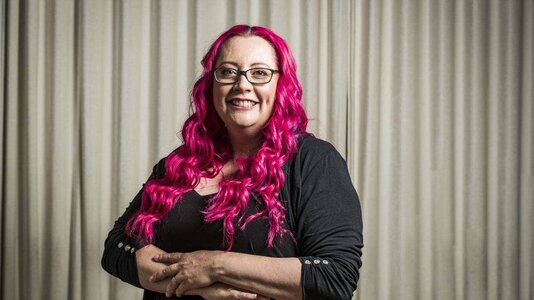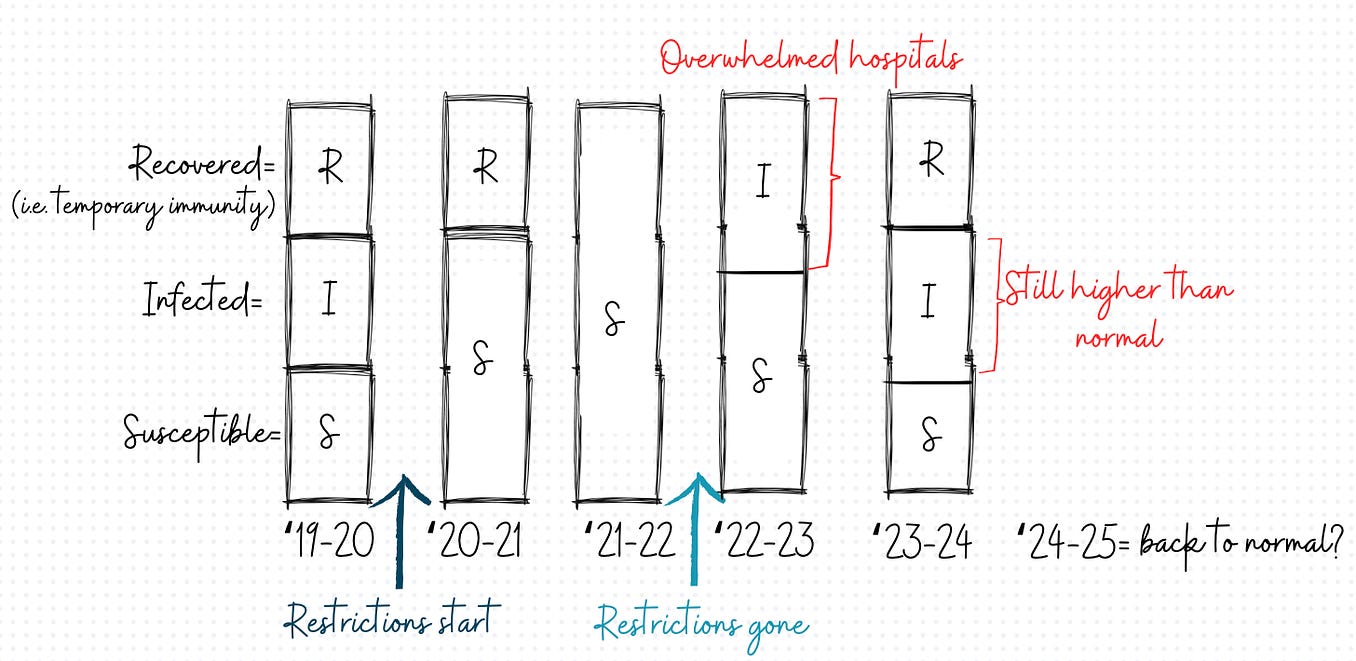- Joined
- Jun 8, 2008
- Messages
- 56,710
"
November 03, 2023
A new study out of Denmark showed that more than half of people with severe cases of long COVID failed to improve after a year and a half.
The study also showed that severe symptoms lasted for at least 18 months regardless of which variant of SARS-CoV-2 — the virus that causes COVID — infected the person. The authors called that finding "surprising," noting that other studies have suggested that long COVID became less common as the pandemic progressed.
The findings were published this week in the International Journal of Infectious Diseases. Researchers analyzed data from 806 people in Denmark who were referred to the country's specialized long COVID clinics because of severe symptoms. (Long COVID is a wide-ranging condition in which any mix of more than a dozen COVID-19 symptoms — such as fatigue and brain fog — persist for months, sometimes with disabling effects.)
The commonalities among people in the study who developed long COVID suggest that the condition's cause is the same regardless of which variant led to the initial infection, the authors wrote. When patients did rehab, they showed some improvement, but their symptoms overall remained severe.
Some differences were observed based on the variant that caused the initial infection among people in the study. Those infected during the Omicron era had symptoms that resulted in a lower quality of life, the authors noted. Omicron infections were significantly less likely to lead to long COVID with "disturbed sense of smell," which was somewhat expected because fewer people infected with Omicron overall lost their sense of smell. The study also showed that people infected during the Delta and Omicron waves tended to be more physically exhausted.
More than half of the Danish population was infected with Omicron, and the authors said the prevalence of people in their study infected with Omicron indicated that a "substantial" number of people infected with Omicron may develop long COVID.
CDC survey data from September shows that 15% of U.S. adults have had long COVID, and about 5% say they currently have the condition. Earlier this year, the U.S. government announced a $1.15 billion plan to better understand, treat, and prevent long COVID.
In their conclusion, the Danish researchers suggested that the development of long COVID treatments focus on aiding people with the most severe cases of the condition.
"We suggest the search for long COVID treatment options focus on these severely affected patients to develop future new treatments, which we believe will be effective across all SARS-CoV-2 variants," they wrote.
Sources:
International Journal of Infectious Diseases: "Long-term Prognosis at 1.5 years after Infection with Wild-type strain of SARS-CoV-2 and Alpha, Delta, as well as Omicron Variants."
"
Long COVID Lasts At Least 18 Months for Most People: Study
Lisa O'MaryNovember 03, 2023
A new study out of Denmark showed that more than half of people with severe cases of long COVID failed to improve after a year and a half.
The study also showed that severe symptoms lasted for at least 18 months regardless of which variant of SARS-CoV-2 — the virus that causes COVID — infected the person. The authors called that finding "surprising," noting that other studies have suggested that long COVID became less common as the pandemic progressed.
The findings were published this week in the International Journal of Infectious Diseases. Researchers analyzed data from 806 people in Denmark who were referred to the country's specialized long COVID clinics because of severe symptoms. (Long COVID is a wide-ranging condition in which any mix of more than a dozen COVID-19 symptoms — such as fatigue and brain fog — persist for months, sometimes with disabling effects.)
The commonalities among people in the study who developed long COVID suggest that the condition's cause is the same regardless of which variant led to the initial infection, the authors wrote. When patients did rehab, they showed some improvement, but their symptoms overall remained severe.
Some differences were observed based on the variant that caused the initial infection among people in the study. Those infected during the Omicron era had symptoms that resulted in a lower quality of life, the authors noted. Omicron infections were significantly less likely to lead to long COVID with "disturbed sense of smell," which was somewhat expected because fewer people infected with Omicron overall lost their sense of smell. The study also showed that people infected during the Delta and Omicron waves tended to be more physically exhausted.
More than half of the Danish population was infected with Omicron, and the authors said the prevalence of people in their study infected with Omicron indicated that a "substantial" number of people infected with Omicron may develop long COVID.
CDC survey data from September shows that 15% of U.S. adults have had long COVID, and about 5% say they currently have the condition. Earlier this year, the U.S. government announced a $1.15 billion plan to better understand, treat, and prevent long COVID.
In their conclusion, the Danish researchers suggested that the development of long COVID treatments focus on aiding people with the most severe cases of the condition.
"We suggest the search for long COVID treatment options focus on these severely affected patients to develop future new treatments, which we believe will be effective across all SARS-CoV-2 variants," they wrote.
Sources:
International Journal of Infectious Diseases: "Long-term Prognosis at 1.5 years after Infection with Wild-type strain of SARS-CoV-2 and Alpha, Delta, as well as Omicron Variants."
"







![author['full_name'] author['full_name']](https://clf1.medpagetoday.com/media/images/author/ESusman_188.jpg)






300x240.png)